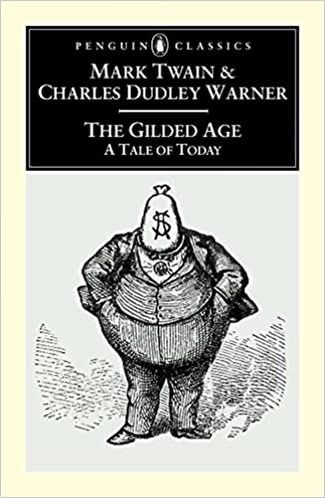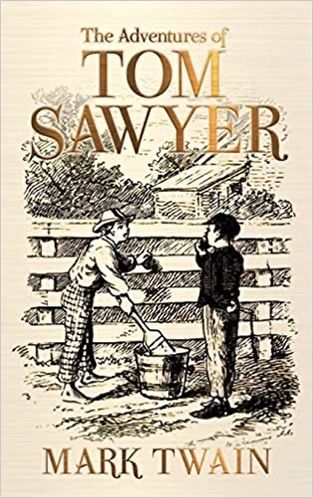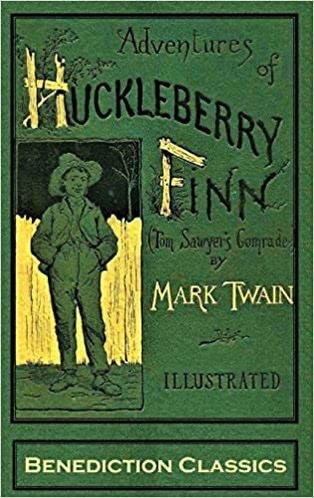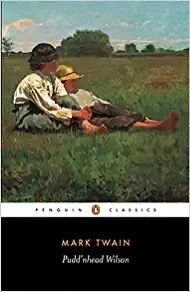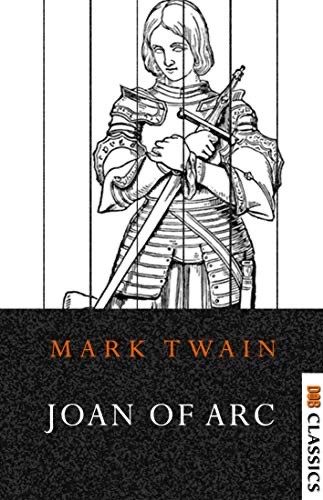What is Mark Twain’s Real Name?
Who was Mark Twain? Not a real person. He was actually born Samuel Langhorne Clemens in 1835. The pseudonym Mark Twain first appeared at the end of a dispatch from Carson City to The Territorial Enterprise magazine on February 3, 1883. Why he decided to take on a pseudonym is still debated among Mark Twain scholars, but it seems likely that it allowed him greater freedom of expression than using his real name.
Mark Twain Meaning
The meaning of Mark Twain comes from his days as a steamboat pilot. The term was used alongside quarter twain and half twain, water depth measurements steamboatmen called out at crucial points along the Mississippi River. Mark Twain means 12 depths, or two feet, meaning safe waters.
Samuel Langhorne Clemens’s Biography
Samuel Langhorne Clemens grew up in Hannibal, Missouri, a Mississippi River town. It was in that unassuming town that he met many of the characters that would haunt his novels. Laura Hawkins, his childhood crush, would become Tom Sawyer’s love interest Becky Thatcher, while Tom Blankenship, son of the town drunk and Sam’s best friend, would be immortalized as Huckleberry Finn.
Where Was Mark Twain Born?
Mark Twain was born in Florida, Missouri, on November 30th, 1835. Halley’s Comet was just visible on the horizon on the night of his birth, and he later said its appearance gave his mother, Jane Clemens, hope that her sickly, premature baby would live.
When Did Mark Twain Die? Mark Twain Death and Legacy
Mark Twain died in Redding, Connecticut on April 21st, 1910, the same day Halley’s Comet reappeared in the sky. His daughter, Clara, was at his bedside, and she later recalled his last words to her: “Goodbye, dear, if we meet…”
Mark Twain’s Family
Mark Twain was the sixth of seven children born to Jane and John Clemens. Only he, his sister, and two brothers lived to adulthood. He was closest to his younger brother Henry, whom Twain called his better self. When Henry died in a steamboat accident in 1858, Twain blamed himself for not being there. It was the first of many tragedies that would touch his life and affect his future writings and relationship with God.
Mark Twain’s Wife & Children
Samuel Clemens married Olivia Langdon on February 2, 1870. They had a son and three daughters together, but only their daughters lived to adulthood. Their daughters were named Susy, Clara, and Jean; only Clara outlived him. His favorite daughter, Susy, died of spinal meningitis at age 24 while he was abroad on tour. Jean had an epileptic seizure while bathing and drowned on the morning of Christmas Eve 1909. These personal tragedies led to his later novels having deeply bitter and pessimistic undertones.
The Mark Twain House
Mark Twain and his wife Olivia bought the five-acre plot of land on Farmington Avenue in 1873 and hired Edward Tuckerman Potter to build a unique house in the American Gothic style. Twain’s home is now the Mark Twain Museum, showcasing the Clemens family home as it would have appeared during their lifetime. It has three floors and 19 rooms. The upper floor is where Samuel Clemens spent much of his time writing and entertaining friends.
Mark Twain Facts & Early Career
Before Samuel Clemens became Mark Twain, he had many different jobs, including typesetting and steamboat piloting. When the Civil War broke out in 1861 and all commercial traffic on the Mississippi River halted, Sam joined a confederate militia group with his friends called the Marion Rangers. After spending a week in the woods never firing a shot, they disbanded. While the rest of his friends joined the regular Confederate Army, Sam went west with his older brother, Orion, who had recently been awarded the position of Secretary to Nebraska Territory for his service to the Union.
Samuel Clemens, Newspaper Reporter & World Traveler
In 1862, Twain moved to Virginia City and got his first job as a reporter at The Virginia City Territorial Enterprise, the most-read newspaper from Chicago to San Francisco. After getting challenged to a duel he couldn’t win, Twain quickly moved to San Francisco and got another newspaper job at The Morning Call. He was let go a few months later for writing inflammatory anti-imperialist pieces about Theodore Roosevelt. This began the dark night period in his life that lasted several months and only lifted when a friend asked if he wanted to join him in the Sierra Foothills to try his hand at prospecting again. After hearing an oral tale by a prospecting friend named Jim Smiley about a leaping frog, he wrote down the story and sent it to Artemis Ward, who liked the story and published it in The Saturday Press. His prospecting days came to an end when he received an assignment from The Sacramento Union to visit Hawaii and write back about what he saw there. This was his first time outside the U.S. and was the first of many overseas assignments.
The Quaker City World Tour of 1867
In June 1867, Mark Twain set sail on a five-month voyage to the Holy Land, which stopped in several major ports along the Mediterranean. The Alta California and two New York papers were paying him to send back dispatches about the trip. In his typical fashion, the dispatches display his biting, dry wit and observations about the animals and people around him. He met Charley Langdon on this trip, who would later introduce him to his sister Olivia Langdon. Twain collected his dispatches to write his first travel book in 1869 called The Innocents Abroad.
What is Mark Twain Known For?
Mark Twain is best known for his novels and travel books. The Adventures of Huckleberry Finn, The Adventures of Tom Sawyer, and Pudd’nhead Wilson being the most notable of his works. In the 1880s, he started his own publishing company called Charles, Warner & Co, which printed his work and biographies of famous figures like Ulysses Grant, Pope Leo XIII, and Elizabeth Custer, General Custer’s wife.
Mark Twain Novels
Although some of Mark Twain’s novels are more renowned than others, each has earned its place in the American literary canon.
Mark Twain Biographies and Nonfiction Books
Ron Powers’s Mark Twain: A Life is the most recent Mark Twain biography, and Andrew Hoffman’s Inventing Mark Twain is highly rated. Twain’s novel fuses comedy and satire, attacking social injustice and the power of identity politics. The Adventures of Huckleberry Finn was not well-received by the general public and banned from most libraries due to its rough language. Before writing this novel, it took him an average of 18 months to write and publish a new book. A Connecticut Yankee took four years. Twain thought this novel would be his retirement from writing full-length fiction, but financial ruin forced him to take up his pen again. Twain uses the theme of mixed identity to undermine the notion of racial superiority. In Tom Sawyer, Detective Tom is back in Missouri to solve a murder mystery involving stolen diamonds and identical twins. Twain never completed the manuscript. It was published after his death in 1916. Twain wrote several autobiographical books. The first, Roughing It, follows his years in Nebraska and the western territories. Life on the Mississippi explores southern life and his years as a steamboat pilot. He dictated his autobiography to Albert Bigelow Paine shortly before his death, titling it The Autobiography of Mark Twain. His travel books, part autobiographical, part fiction, include:
The Innocents Abroad (1869) A Tramp Abroad (1880) Following the Equator (1897) Europe and Elsewhere (1923) (a collection of sketches published as a book after Twain’s death in 1910)
Explore More About This Literary Legend at Book Riot!
Mark Twain’s quotes offer timeless humor and wisdom to readers young and old. You can learn more about memorable authors born in November at Book Riot! And don’t miss Nick Offerman voicing Tom Sawyer in the latest audiobook version of Mark Twain’s classic novel.
